
Current Student: Lanye Luo (BFA 2018)
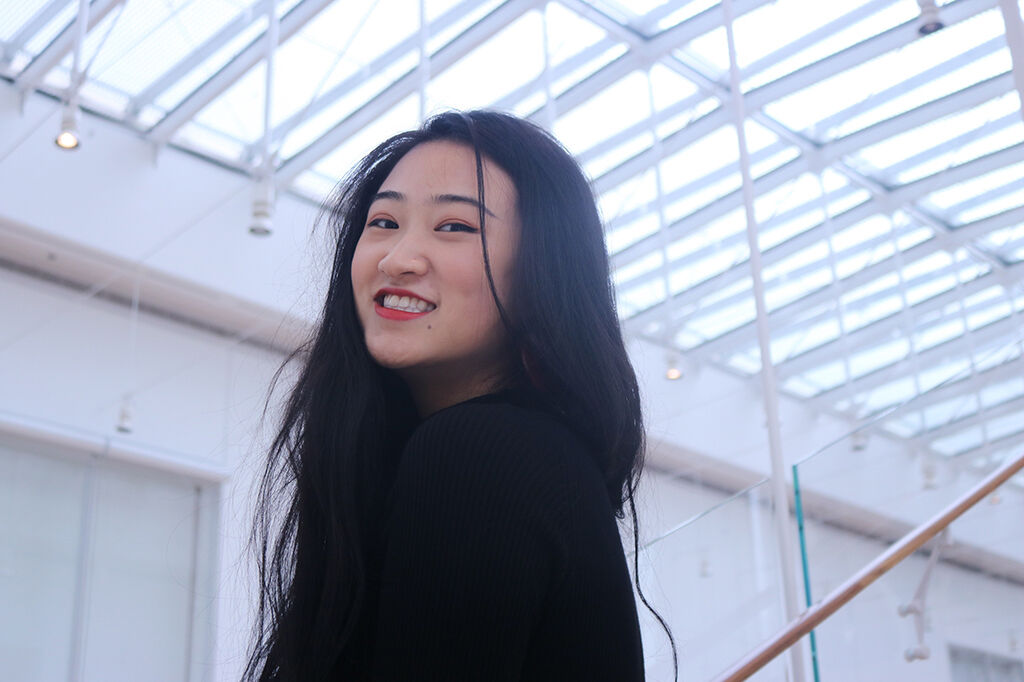
What factors influenced your interest to study at SAIC?
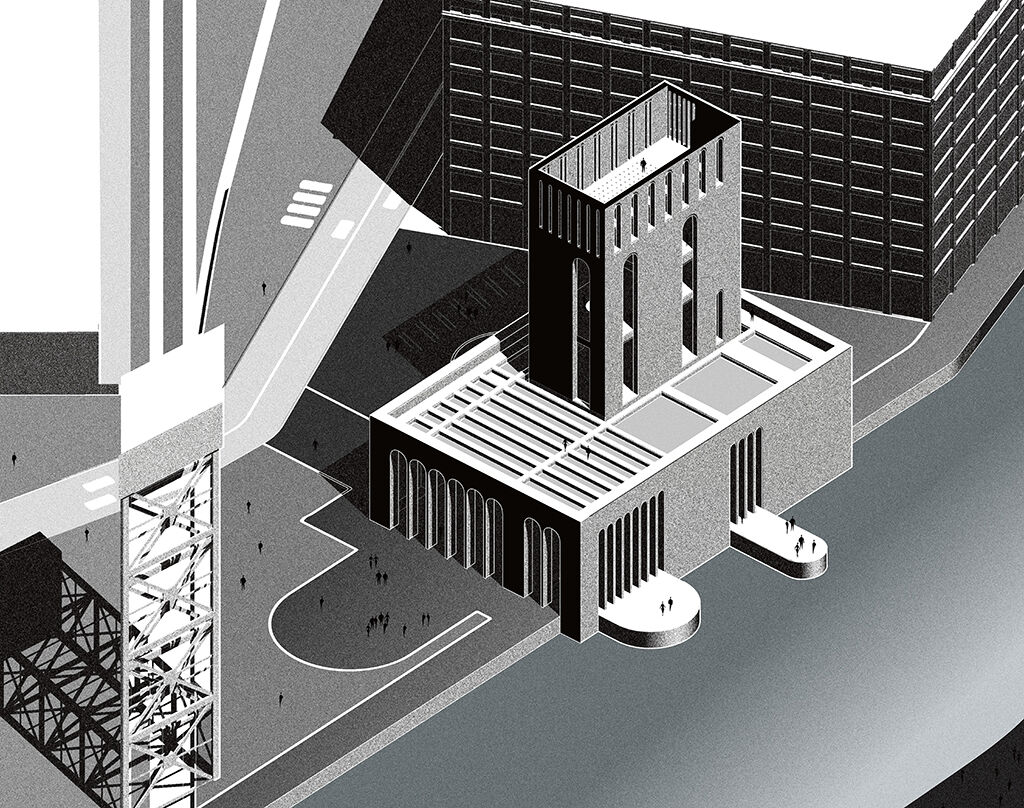
Growing up, I spent almost all of my spare time doing traditional Chinese landscape painting and calligraphy. So becoming an artist seems like a natural path.
Between the application process and moving to college, I realized that I wanted to do something different without knowing what exactly it could be. So SAIC’s BFA Curriculum provided a buffer zone to me at the time. Additionally, the Art Institute is an incredible resource.
What courses within AIADO have helped shape your current work?
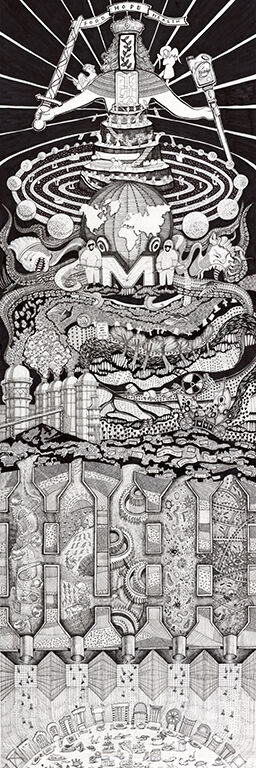
Social awareness is important to my work. It starts with Studio 3 which I took with Iker Gil Miguens. The project “From Spoon to Seeds: Alternative to Industry and Foodways” combines ethnography research in an informal pop-up market at Chicago Chinatown and translates the research into various formats of design. The project also critiques the current reuse of food industrial space as a proposal for rethinking alternatives in design. The semester with Iker, along with intense design discussion, makes me realize the possibility for social engagement as a spatial statement and its reciprocal potential.
A collaboration with Wenyue Qiu (BIA 2018) for Paola Aguirre Serrano's studio City Amplified continues the discussion of the politics of space. The final project “People’s Forum 2050” investigates the topic of ordinary objects on an urban scale and therefore formulates a mix-use transportation design that orients around public interest. Beyond the intense design iterations, class modules like Literature Review have challenged and pushed forward the project’s ambition as a statement piece for the idea of future urban interior.
Taking Exploring Belonging with Ann Lui and Iker Gil and exhibiting with a diverse group of SAIC students in Venice was an amazing experience. The project “Towards an Insurgent Citizenship” for the exhibition really pushes my boundaries and synthesizes my interests in one piece. The comments from critics and the works from my peers stimulate and inspire the formation of the project. Significantly, the opportunity to share one’s thinking beyond the classroom, the change of audience, and the excitement to communicate on a stunning platform raise a fundamental yet previous ignored question: What kind of conversation would I like to pursue going forward?
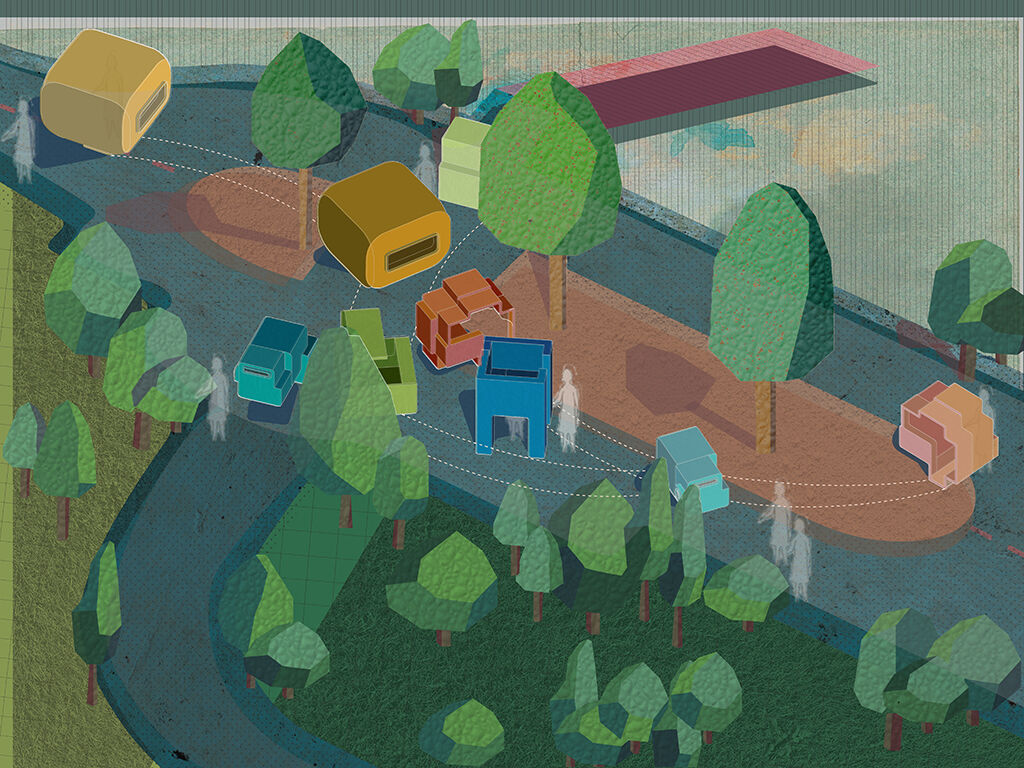
How has Chicago as a city influenced your research and practice?
The intellectual and collective effort in engaged discussion which I see in the lectures, exhibitions, and practices has always inspired me. The tangency of social issues and current events reinforce the intensity of discussion and enhances the urgency in practices. The more I stay, the more the layers of complexity reveal to me.
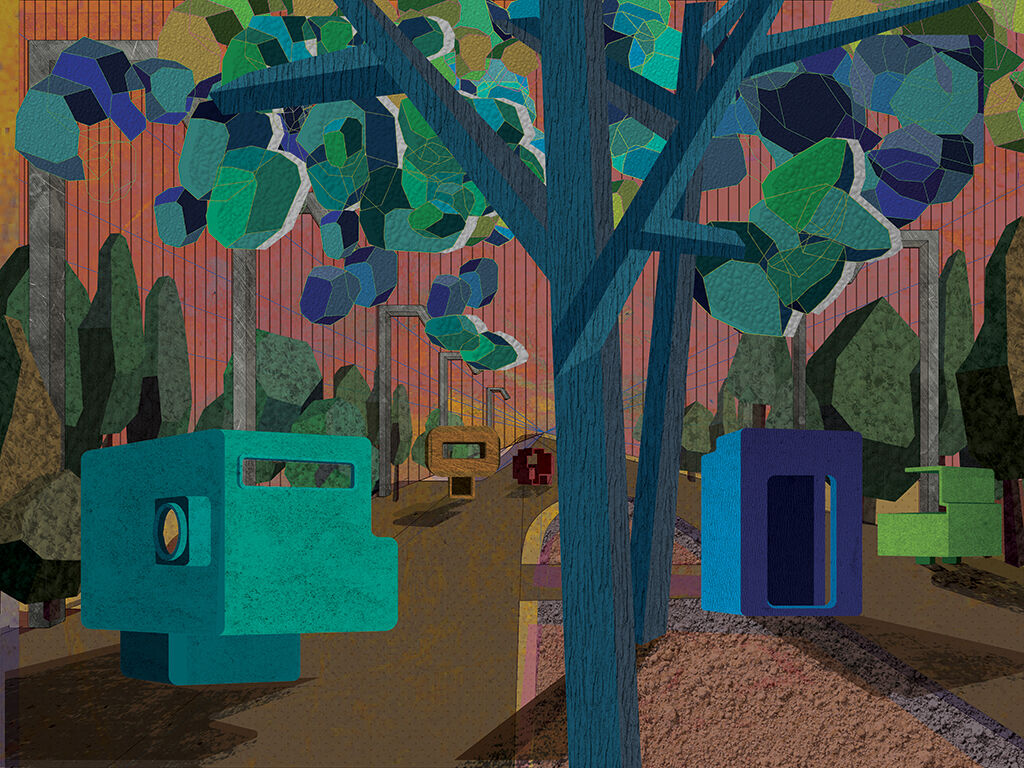
The scope of topics not only roots in local issues but also concerns on the global scale. Standing at a pivotal moment of examining and investigating the public good, Chicago together with the enthusiastic collectives calls me in.
Also, Chicago’s winter is the best time for project production, because it’s too cold to stay outside!
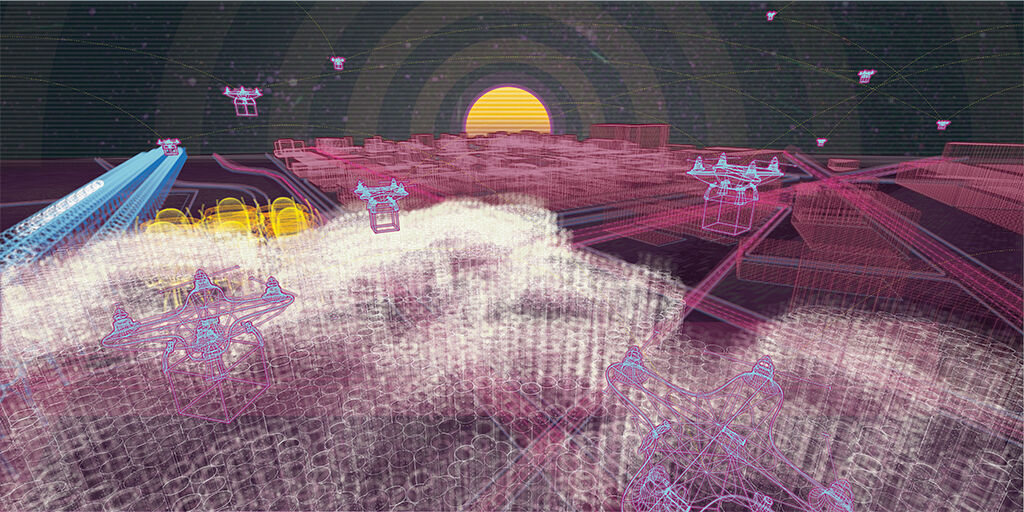
How has the interdisciplinary BFA curriculum developed your understandings of design?
Architecture, design, and painting, like any other mediums in art, are media for messaging. Therefore, the idea of discipline itself seems limited in achieving the goal of social engagement. I think the concept of the interdisciplinary is based on the premise that it breaks the norms. Regardless of that, the idea itself provides a strong support to me as a student for independent articulation and investigation. Various Liberal Art classes that I’ve taken strongly support the theoretical practice in my Studio classes, for which I want to especially thank Shiben Banerji and his invigorated class.
What I learned from the interdisciplinary as a designer is to take the initiative and design my own agenda. Let the curriculum and courses supplement your interests and passions.
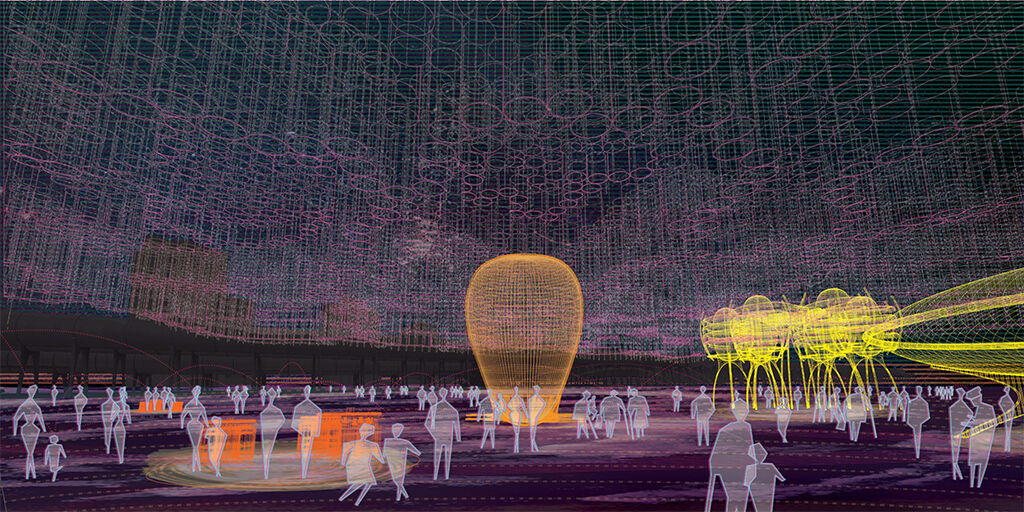
What are you currently investigating in your work now?
Currently, I am working with my competition team on preparing a presentation in the coming Spring about this year’s winning NOMA Student Competition design, Golden Stature. By bringing in the discussion that we might dismiss for the final design, we are hoping to reach a broader audience and open up a conversation as a way to self-critique. We also plan to conduct a retrospective catalog that will include the past two year's SAIC student design for the NOMA Competition. The catalog will consist of interviews from previous competition members who will share their insights both on collaboration and design. The goal for the presentation and the catalog is to strengthen a continuing design-sharing platform for AIADO talents and graduated design intellectuals.
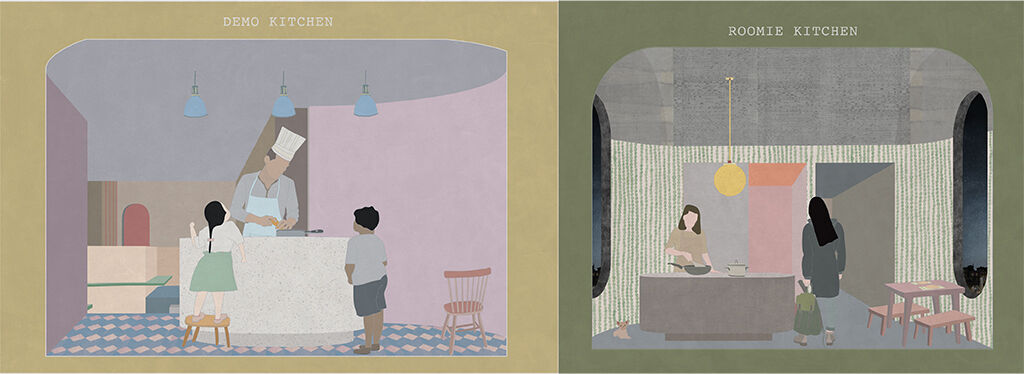
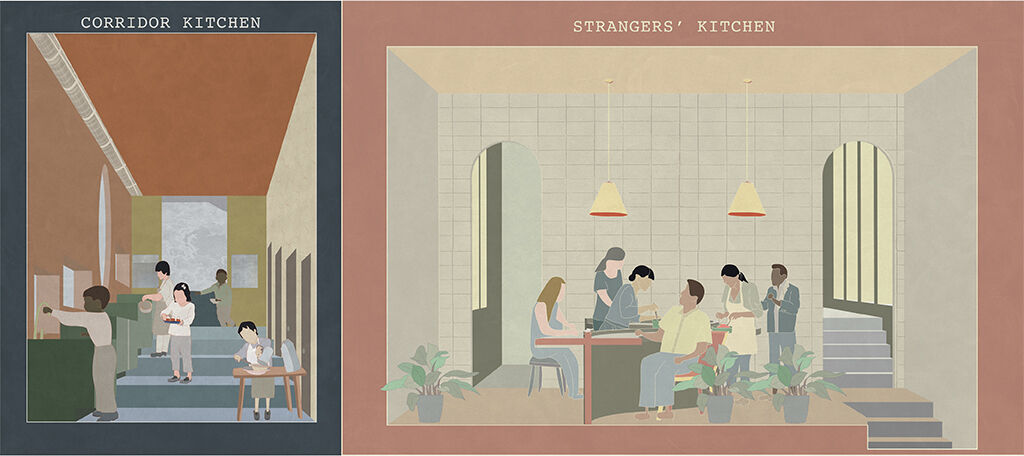
Read more interviews with AIADO students here.
